As a bird lover, you would not deny that the reproduction model of birds is fascinating, especially egg fertilization. However, have you ever wondered how a small chicken comes out of the egg? The answer lies in the process of eggs being fertile.
So, how are bird eggs fertilized? In short, bird eggs are fertilized through sperm transfer from the male bird’s cloaca to the female bird’s cloaca during mating. The sperm then travels up the female’s oviduct and fertilizes the egg.
We will learn in-depth how the eggs are fertilized. As it is a part of reproduction, we will also know all the associated information. So, keep on reading!
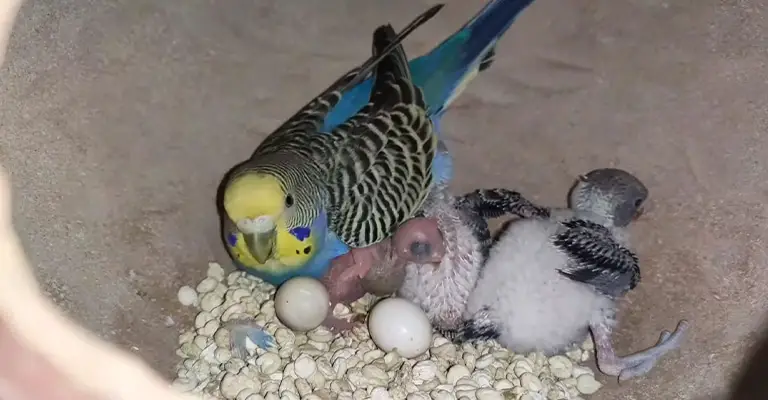
How are Bird eggs Fertilized?
Bird egg fertilization requires comprehensive detailing as it is somewhat complex. First, let’s clarify the steps and activities of fertilization.
| No. | Steps of Egg Fertilization | Activities |
| 1 | Mating | Male and female birds copulate |
| 2 | Sperm Travel | Sperm travels up the female’s oviduct |
| 3 | Initial fertilization | Sperm fertilizes the egg in the oviduct |
| 4 | Development | Started forming a body structure inside |
| 5 | Shell Formation | The egg is covered in a thick, protective shell |
| 6 | Albuman Coating | Albumen forms a protective covering over the egg |
| 7 | Chalaza Formation | The egg is covered with a thin membrane called the chalaza |
| 8 | Hatching | The chick hatches from the egg when it is fully developed and ready to leave the egg. |
Please note that this table generalizes the fertilization process. The details and specifics of bird fertilization can vary depending on the species.
Step 1: Mating
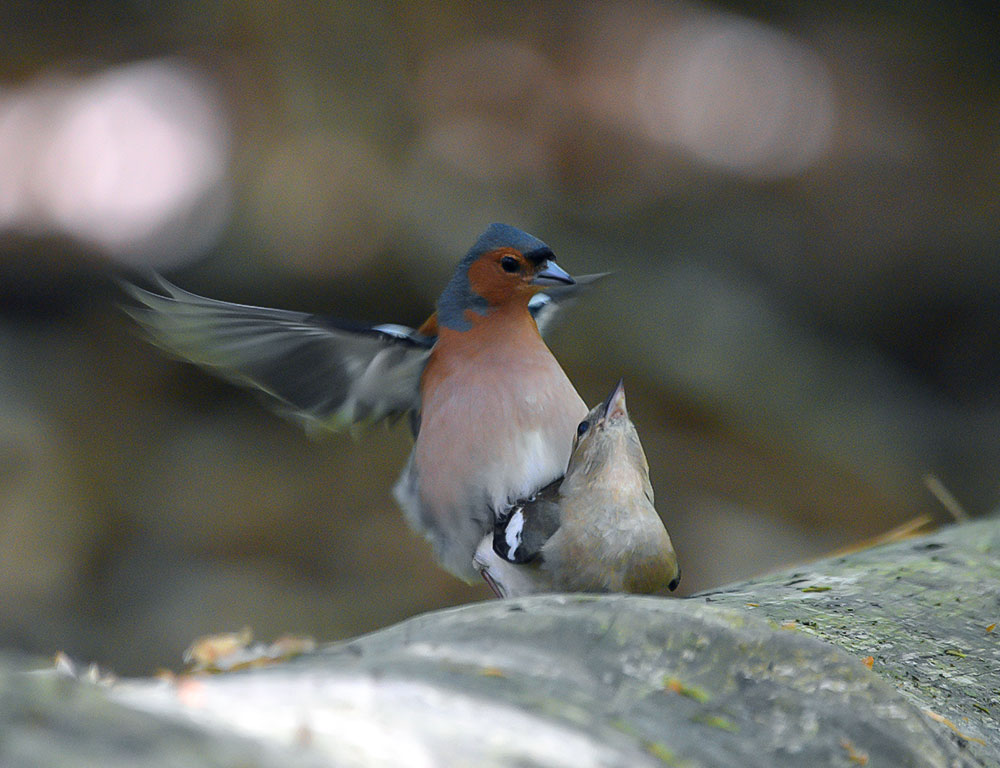
Mating can be called the initial phase of egg fertilization. During this time, male and female birds come together. They perform mating behavior, which can be different among species.
Sperm transfer has been done between male and female birds, from the male cloaca to the female cloaca. It might be tagged as the typical opening for the reproductive and urinary tracts. However, this transfer of sperm is known as copulation.
Step 2: Sperm Travel
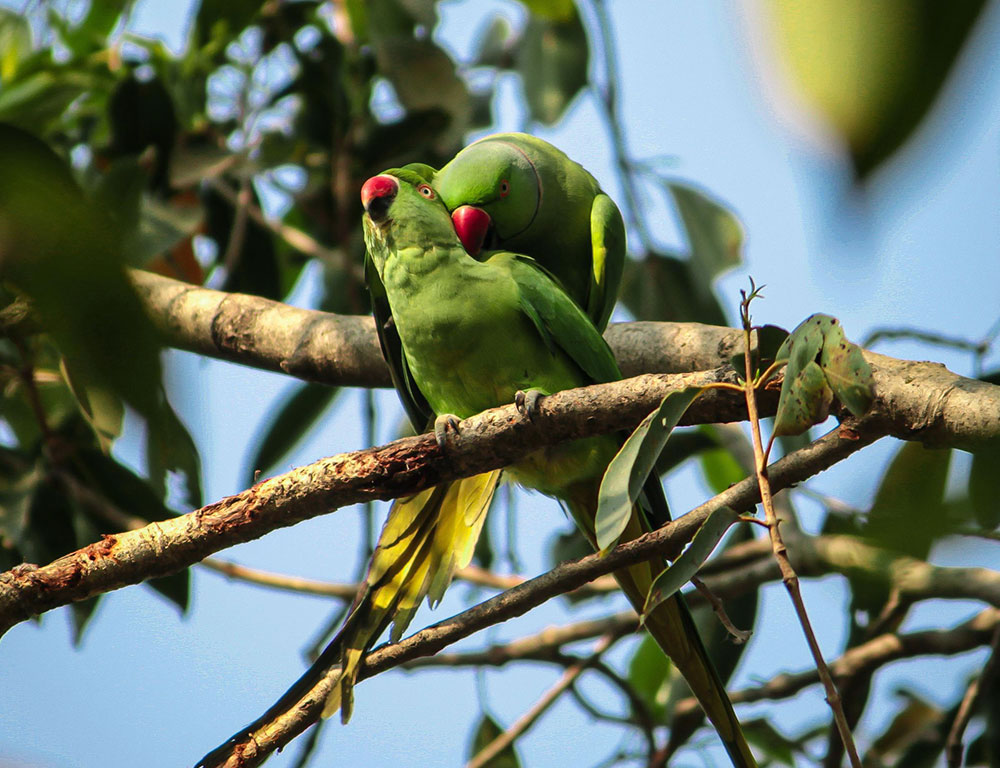
When mating happens, the sperm transfers from the male cloaca to the female cloaca and starts its journey toward the oviduct.
This is a crucial step in the fertilization process, as the sperm must reach the egg for fertilization to occur. The sperm must have to reach the egg. Otherwise, fertilization won’t occur.
The oviduct of a female bird is a lengthy, slim organ made specifically to deliver the egg from the ovary to the outside world. The sperm journey gets smoother because of the cilia, a small hair-like thing.
Step 3: Initial fertilization
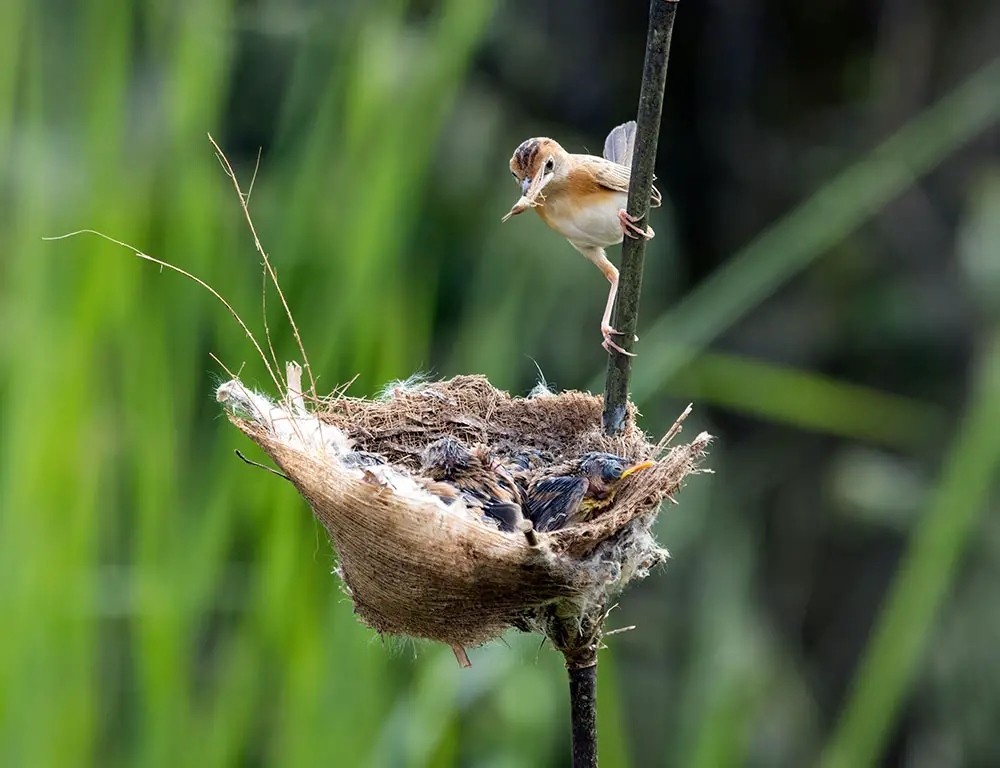
With the successful transfer, the sperm journeys to the female’s oviduct, a critical location for fertilization. The favorable environment within the oviduct enables the sperm to fertilize the egg, thereby supporting the growth of the developing chick.
This fertilization process lays the foundation for eventually forming all the necessary organs and tissues in the newborn chick.
Step 4: Development
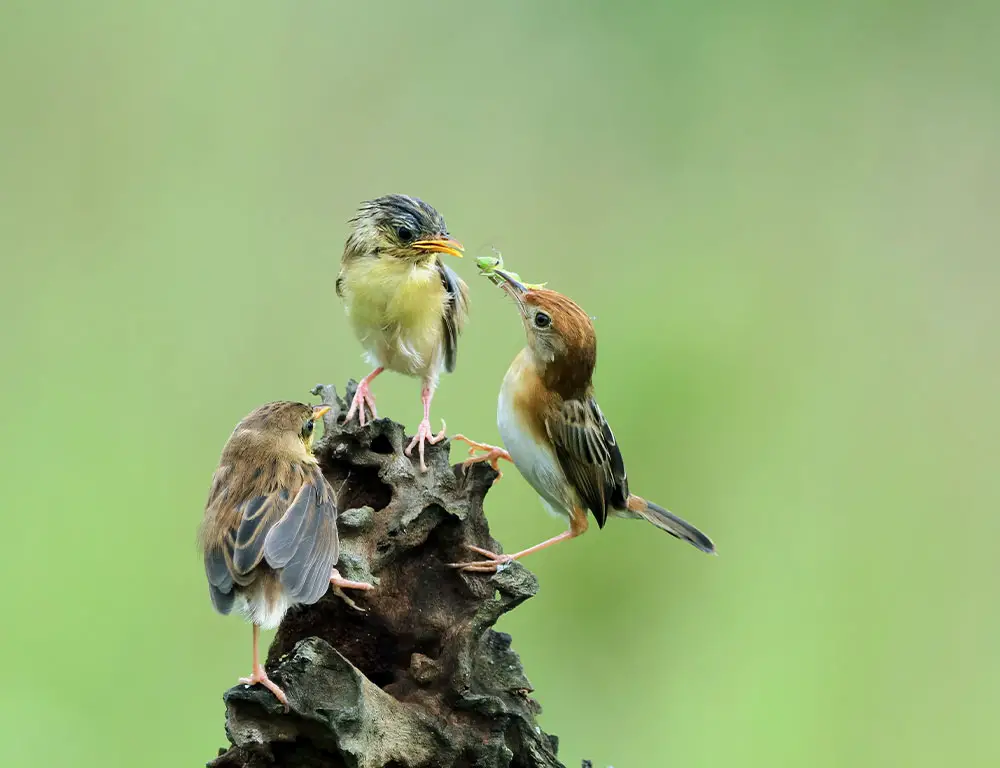
The fertilized egg initiates a sophisticated journey of evolution and growth, assisting in creating a chick. The egg undergoes division into several cells, forming the various structures that will make up the chick.
During this time, the egg also starts to develop the yolk, which nourishes the growing chick, and the albumen, the clear fluid surrounding the yolk.
Step 5: Shell Formation
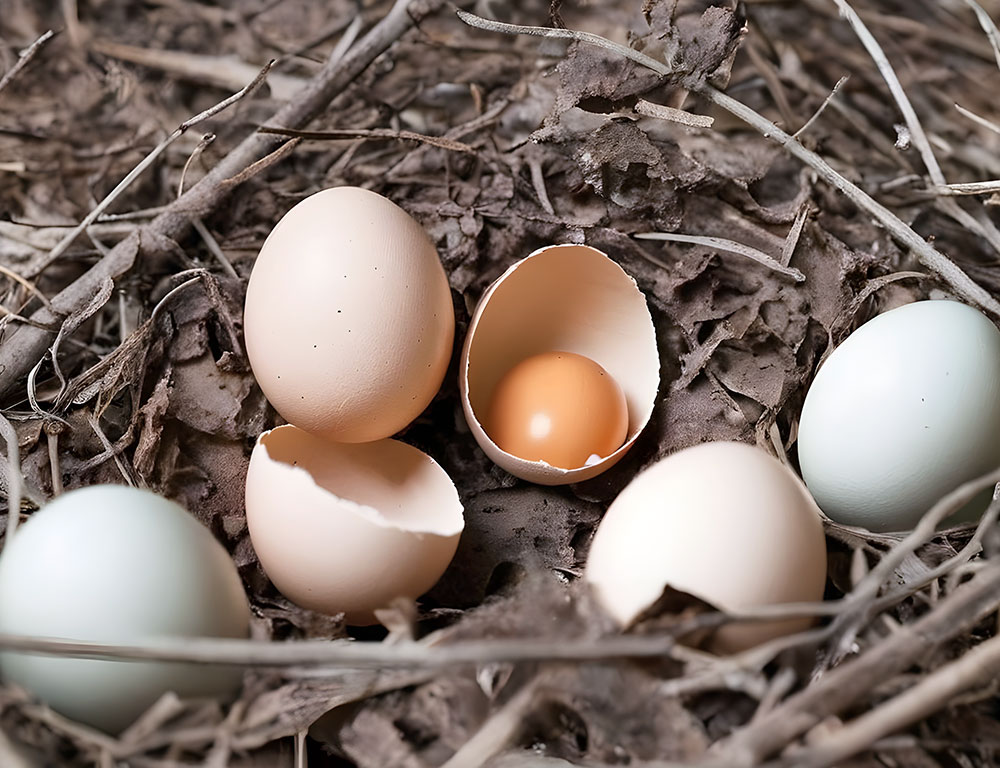
In this phase, the activity might be sequenced like this:
- The fertilization process begins after the sperm reaches the egg in the oviduct.
- The sperm penetrates the egg.
- The genetic material of the sperm combines with that of the egg.
- This process creates a unique individual, as the genetic material of the sperm and egg are combined to form a new combination of traits.
- This will also determine the characteristics of the offspring.
This phase is also essential. Because if the shells aren’t well developed, it may impact the chicken’s health.
Step 6: Albumin Coating
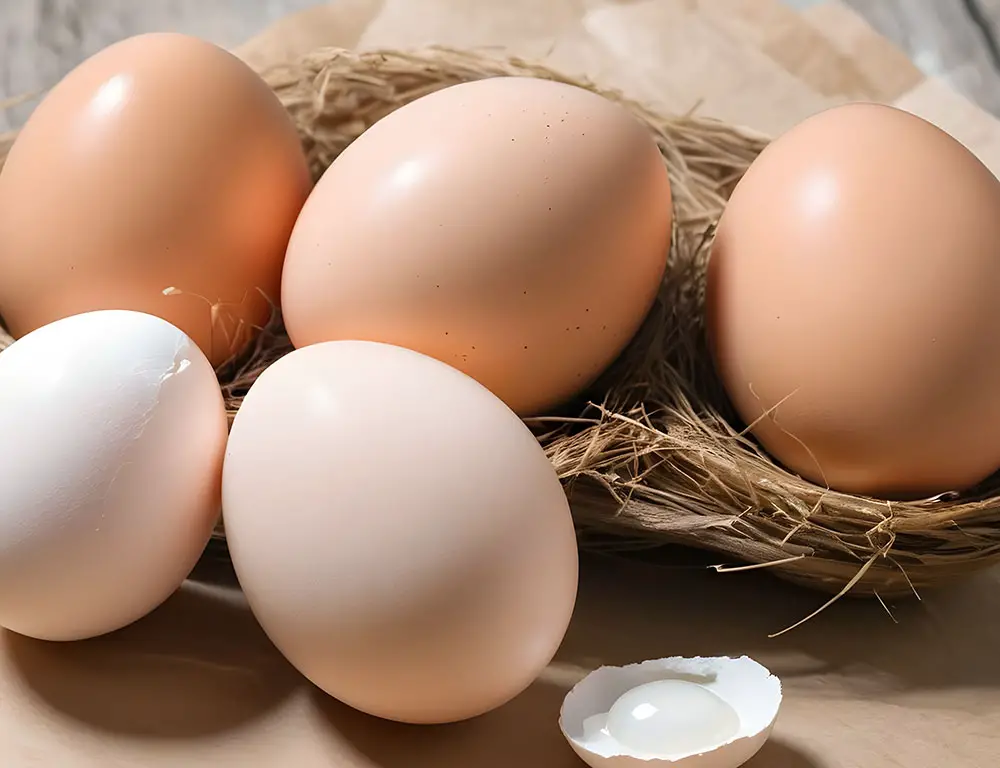
An egg’s white, fluid component is called albumen, which composes the bulk of the egg’s volume. This layer of albumen is a crucial element in the development of the chick.
It provides the nutrients and moisture the unborn chicken requires to grow and flourish. The albumen comprises protein, minerals, and other essential elements and safeguards the yolk from damage.
Additionally, the albumen is a source of moisture crucial for the chick’s survival.
Step 7: Chalaza Formation
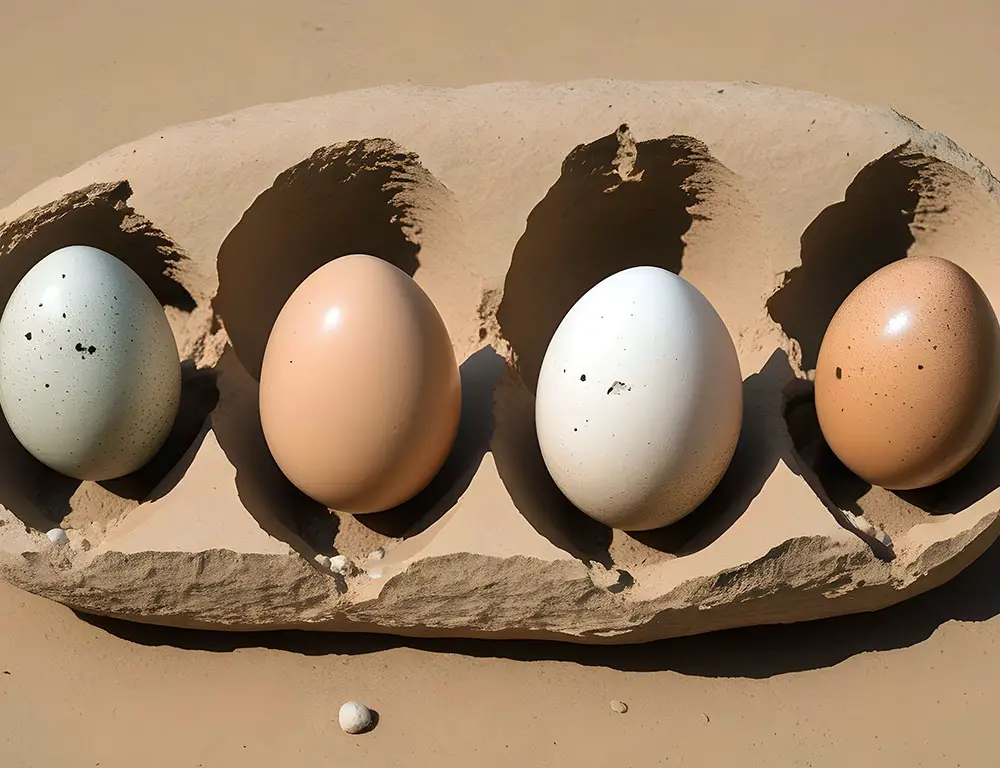
The chalazae are structural elements in a bird egg that help anchor the yolk and prevent it from moving around within the egg. They are cord-like structures that attach the yolk to the egg’s inner membrane and help to maintain its position within the egg.
During the egg’s formation, the chalazae are formed in the infundibulum. They are formed along with the albumen coating. They help keep the yolk in place and prevent it from adhering to the egg’s shell or moving around.
This is important because the yolk contains most of the egg’s nutrients. It must remain in a stable position for the proper development and survival of the chick.
Step 8: Hatching
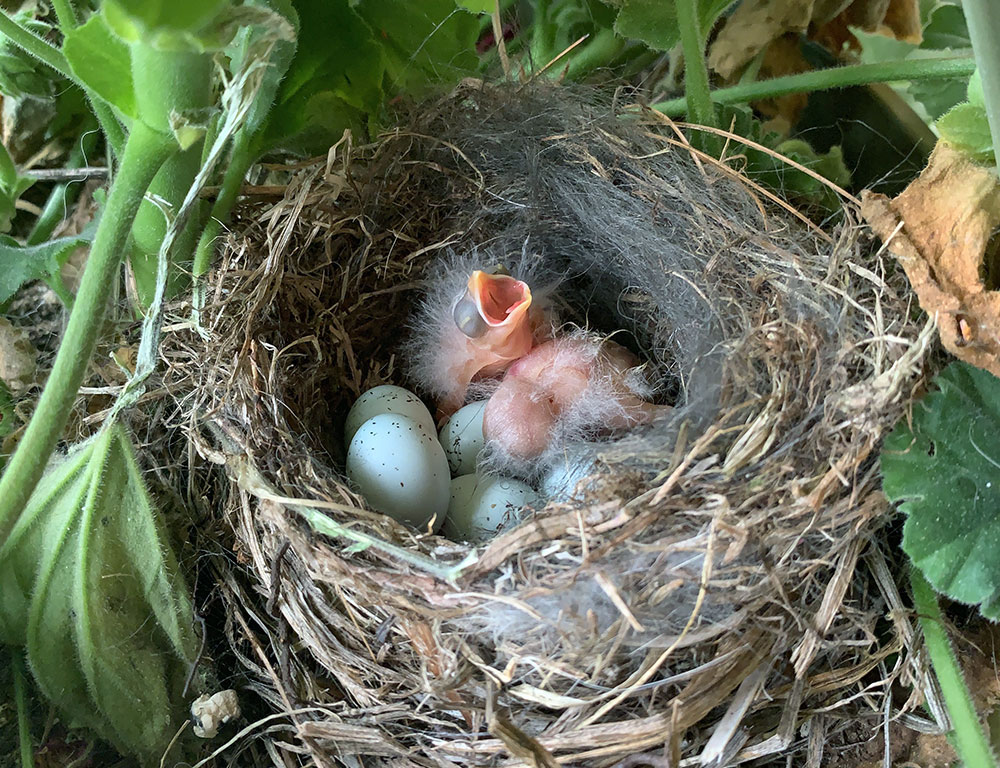
The process through which a chick leaves its egg and starts living as a young bird is known as hatching.
Egg fertilization, which initiates the development of the chick, is a direct cause of the hatching process. Additionally, it initiates the processes that will ultimately result in laying eggs.
Once an egg has been fertilized, the developing chick begins to grow and form the various structures that will eventually become its body and organs.
The egg’s shell begins to soften during this process, and the chick uses its egg tooth to crack the shell and emerge.
However, several factors affect when the eggs hatch. These include the type of bird and the circumstances surrounding egg-laying and incubation. Some bird species may start to hatch in just a few days, but others may take many weeks.
FAQs
Do you intend to continue? Do not leave. Keep an eye out here since there are more exciting things to come.
Yes, a bird can lay eggs without being fertilized. But they will not hatch and are often called “infertile eggs.”
Yes, more than one egg can be fertilized at the same time. This can happen if the female bird mates with multiple males or has multiple reproductive cycles during the breeding season.
The time can vary depending on the species of bird and the nest conditions. On average, most bird species take between 10 and 15 days to hatch after fertilization.
Conclusion
In summary, how bird eggs are fertilized is not an unknown question. This fascinating and complex process starts with mating and sperm transfer from the male bird’s cloaca to the female bird’s cloaca.
Each step plays a significant role in the proper growth and survival of the chick inside the egg. Studying the process of bird egg fertilization is a captivating and enlightening endeavor. No matter whether you are a bird enthusiast or fascinated by their reproduction.